When the Georgia Gold Rush began in 1829, the area in which Dahlonega and Lumpkin County are located in today was all part of the Cherokee Nation. But men infected with “gold fever”, paid no attention to Cherokee Nation boundaries. By early 1830, first hundreds and later thousands of miners were swarming over the hills and streams in search of gold.
Cherokee leaders protested to the United States government and asked for assistance to remove the men digging for gold. Federal troops were dispatched to the Cherokee Nation to remove all non-Cherokees and guard the mines from additional prospectors. Threats of jail time for any white person caught mining for gold in the Cherokee Nation had not stopped the flow of men seeking to get rich quick and it was clear that the lure of gold knew no boundaries. However, with only a limited number of soldiers available to watch the mines, gold prospectors just moved to a new location to dig for gold.
Georgia Governor George R. Gilmer, seeking to end the problem once and for all, argued that the Cherokee Nation lay within the boundaries of the state of Georgia, and claimed all land for the state. In 1831, Governor Gilmer issued a proclamation, which effectively stripped the Cherokees of all rights and abolished the Cherokee Nation.
The territory was surveyed and 10 new counties were added to the state of Georgia. Within each county, land lots were laid out and in 1832 a lottery was held to parcel off the land to eligible Georgia citizens.
The county in which a good portion of gold was being discovered was named "Lumpkin," in honor of Governor Wilson Lumpkin, who was elected in 1831. Gold had been discovered in Georgia three years earlier and this newly established county was a center of mining activity. The first mining camp, which swelled almost overnight into a boom town, was named Auraria -- Latin for gold.
Located on a small ridge between the Chestatee and Etowah rivers, Auraria (first named "Nuckolls" or "Knucklesville" because of its rowdy atmosphere) was the first permanent white settlement in Lumpkin County. Thousands of people had crowded into a small strip of land less than a half of a mile in length during the second half of 1832 in order to have access to the nearby gold diggings.
As the land lottery of 1832 was concluding, a location was needed to create a county seat so a system of local government could be established. Many people thought Auraria was the logical choice, since it was the only town -- thus far -- in Lumpkin County. However, Auraria was created out of convenience to the mines, not because it was planned.
Six miles from Auraria, another mining camp with varying names such as New Mexico and Licklog offered a better location for a court house and county offices. Situated between the Yahoola and Cane Creek "diggings," on lot 950, this site was centrally located within the county and surrounding terrain offered a better opportunity for future growth and expansion.
Although several other possible locations were considered for the county site, Land Lot 950 was eventually chosen by the Inferior Court. Now that the location for the county seat was finally put to rest, a name for the village was needed. It was not recorded what names were initially suggested, but one of the Inferior Court judges offered a name, which was unanimously approved.
The mining boom has long since faded away and many changes have taken place over the years, but Dahlonega still maintains its distinctive name and reputation as the town associated with the Nation's First Major Gold Rush.













